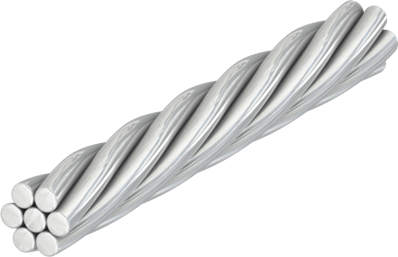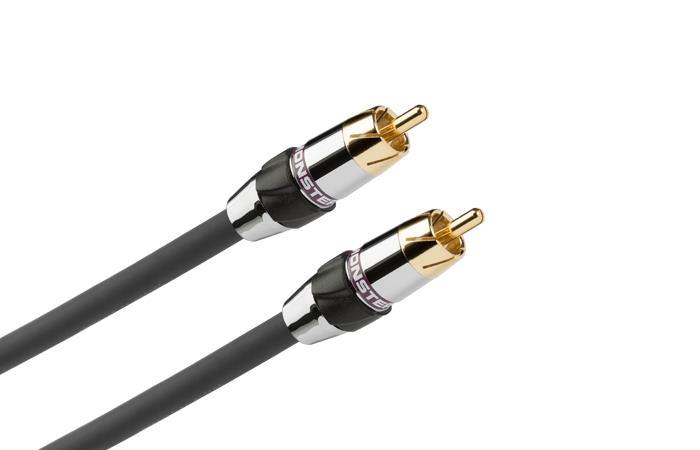This is a review, measurements and comparison of a number of RCA cables from Mogami, Monorpice and Amazon Basics. The first two were kindly provided by a member. This is a subset of the cables tested:
View attachment 163572
And details of each:
- Monoprice 1.5ft Premium 2 RCA Plug/2 RCA Plug M/M 22AWG Cable - Black
- Purchased from: Amazon.com
- $3.28
- Monoprice 12 ft Premium 2 RCA Plug/2 RCA Plug M/M 22AWG Cable - Black
- Purchased from: Amazon.com
- $10.38
- Monoprice 25 ft Premium 2 RCA Plug/2 RCA Plug M/M 22AWG Cable - Black
- Purchased from: Amazon.com
- $11.21
- Mogami 12 ft Gold RCA to RCA Cable
- Purchased from: B&H Photo
- $105.90 for stereo pair (sold individually for 52.95)
- Amazon Basics Male RCA Audio Stereo cable
Ranking them in feel, the Mogami Gold easily takes the top spot with supple (but thinner) cable and nice metal connectors. Next is Amazon Basics which despite its thicker cable, is still pliable and has been so since I purchased it three years ago. Last and by far the least is the Monoprice. The cable is stiff as you can get it and connectors feel horrid in hand. So does the cable for that matter. It looks a ton better in picture than when you get it in person.
RCA Cable Measurements
I set up my Audio Precision APx555 analyzer to output 2 volts and analyze the same using its high-performance analyzer. I first ran it with its internal loopback (i.e. no cable) and then with each cable connected. Here are the measurements of all the cables. None showed any change in noise spectrum, distortion, etc. (some run to run variation is there with is immaterial):
Monoprice 2865:
View attachment 163573
View attachment 163574
Notice how despite is very long length, it is still transparent.
Monoprice 2866:
View attachment 163575
View attachment 163576
Monoprice 5346:
View attachment 163577
View attachment 163578
Mogami Gold:
View attachment 163579
View attachment 163580
I did not measure the Amazon basics for this phase but having done so before, it is the same as the above. That is, completely transparent in all respects.
"EMI" Interference Measurements
Owner wanted me to test for interference since he plans to use long cables. He pointed me to an online video test where the podcaster placed a number of XLR cables over a wireless charger and a couple of power supplies and recorded different levels of noise. He bundled all the noise sources together so not clear which was the one causing the noise. Owner was kind enough to send me a wireless charger to run the same test. I did but could not find any impact whatsoever on any of the cables. My own test of using an AC transformer though was quite effective in inducing mains noise.
Note that this is an ad-hoc test. Where you position the transformer on the cable may matter. As could the length of the cable, etc. But as a quick test, it does show us something. Here is the comparison of my Amazon Basics against Mogami Gold:
View attachment 163581
Note that the vertical scale is massively enlarged. The peaks are down at -130 dB or so and would be harder to see if I kept the top at 0 dB as I normally do. Anyway, we see that the Amazon basics in blue actually outperformed the Mogami Gold! So I picked that for comparison against the Monoprice cables which turned in the worse performance:
View attachment 163582
Conclusions
All of these cables are transparent for audio. While they did pick up some noise, that happened by completely touching a power transformer. And even then, the level did not rise to audible levels (although my AP analyzer may be more immune to this noise than your audio gear). So assuming you avoid touching a transformer to your cables, electrically all three cables have bandwidth that exceeds 200 kHz, and any noise or distortion is the result of the source, not the cable.
So it comes down to feel, pricing, etc. As I mentioned earlier, I absolutely hate the Monoprice RCA cables. I had bought some before and they were identical to ones tested here: just feel nasty and cheap although I am sure you could go a lot worse. The Amazon Basics remains my personal favorite in both feel and price. The Mogami has even better feel but you pay for that in much higher cost. Its thinner cable may have worse shielding than the Amazon Basics and hence the reason it picked up a bit more noise. I use Mogami Gold for XLR cables both in my main stereo system and for testing so it is hard to go wrong with it.
I know, not very exciting

. But it is good to get data behind what is a pedestrian part of our audio systems.
Overall, I am going to recommend the Amazon Basics and Mogami Gold. Stay away from Monoprice lest you demonstrate lower sensibility than I have in such matters!

----------
As always, questions, comments, recommendations, etc. are welcome.
Any
donations are much appreciated using
: https://www.audiosciencereview.com/forum/index.php?threads/how-to-support-audio-science-review.8150/




 Luckily I was tooled up for repairs at the time and was able to fix it.
Luckily I was tooled up for repairs at the time and was able to fix it.
